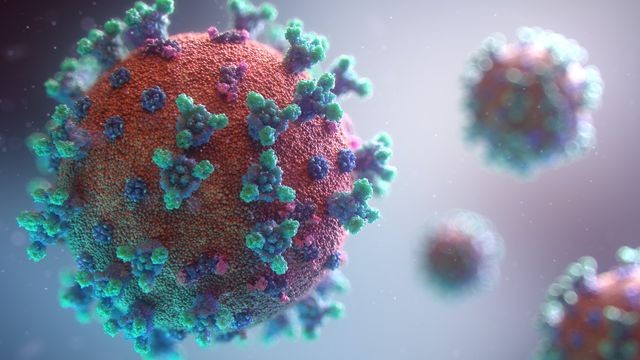Immunotherapies of today strengthen the body’s own cancer defenses. They activate the immune system’s killer T cells, which are capable of specifically recognizing and eliminating cancer cells. However, in many patients, cancer cells change and become inaccessible to killer T cells, rendering the treatment ineffective. A new mechanism that enables the immune system to also eliminate such invisible cancer cells has been discovered by a Magdeburg-based multidisciplinary team of researchers. Improved cancer immunotherapies could be developed in new ways thanks to these findings. The findings were recently published in Nature, a renowned journal.
Compared to many killer T cells, very few helper T cells are more effective
The researchers found that a smaller number of helper T cells can kill advanced cancers as well as a much larger number of killer T cells using an experimental cancer model. Additionally, the helper T cells were able to eliminate cancer cells that the killer T cells could no longer see.
Investigating immune cells in living cancer tissue with cutting-edge microscopy techniques revealed that helper T cells behave fundamentally differently from killer T cells: “Killer T cells penetrate into cancer tissues and interact directly with cancer cells, while helper T cells are mainly found at the edge of cancer tissues, where they exchange signals with other immune cells,” says Prof. Dr. Andreas Müller from the Institute of Molecular and Clinical Immunology at the University of Magdeburg.
Helper T cells engage scavenger cells and remotely drive cancer cell death through inflammatory mediators of pathogen defense.
Further research revealed that chemical mediators secreted by helper T cells attract immune system scavenger cells and induce them to support the destruction of cancer cells on their behalf. These two types of cells can effectively combat viral and bacterial infections when used together. Additionally, their cooperation can be used to mobilize the entire immune system’s arsenal against cancer cells.
The researchers found that helper T cells and scavenger cells interact to make them better able to release inflammatory mediators that remotely cause cancer cells to die like they were infected with a pathogen in order to find the underlying mechanisms of action. The significance of this mechanism for cancer immunotherapies will need to be clarified due to the fact that the exact mechanism by which this occurs remains a mystery.
Prospects for new ways to improve cancer immunotherapy
The findings of the study point to a mechanism by which the body’s immune system’s capacity to stop the spread of pathogens can be used to kill cancer cells. The Magdeburg researchers are working on new cancer immunotherapy strategies based on these findings that are also effective for patients with cancers that have become invisible to killer T cells.
The researchers from Magdeburg worked with partners from Würzburg, Cologne, Duisburg-Essen, Leuven (Belgium), Uppsala (Sweden), and the Helmholtz Centre for Infection Research in Braunschweig on their research project. The German Research Foundation, the European Research Council, the German Cancer Aid, and the Else Kröner-Fresenius Foundation provided the majority of the funding for the work.

 Diabetology1 week ago
Diabetology1 week ago
 Diabetology4 days ago
Diabetology4 days ago
 Diabetology6 hours ago
Diabetology6 hours ago
 Diabetology7 hours ago
Diabetology7 hours ago






